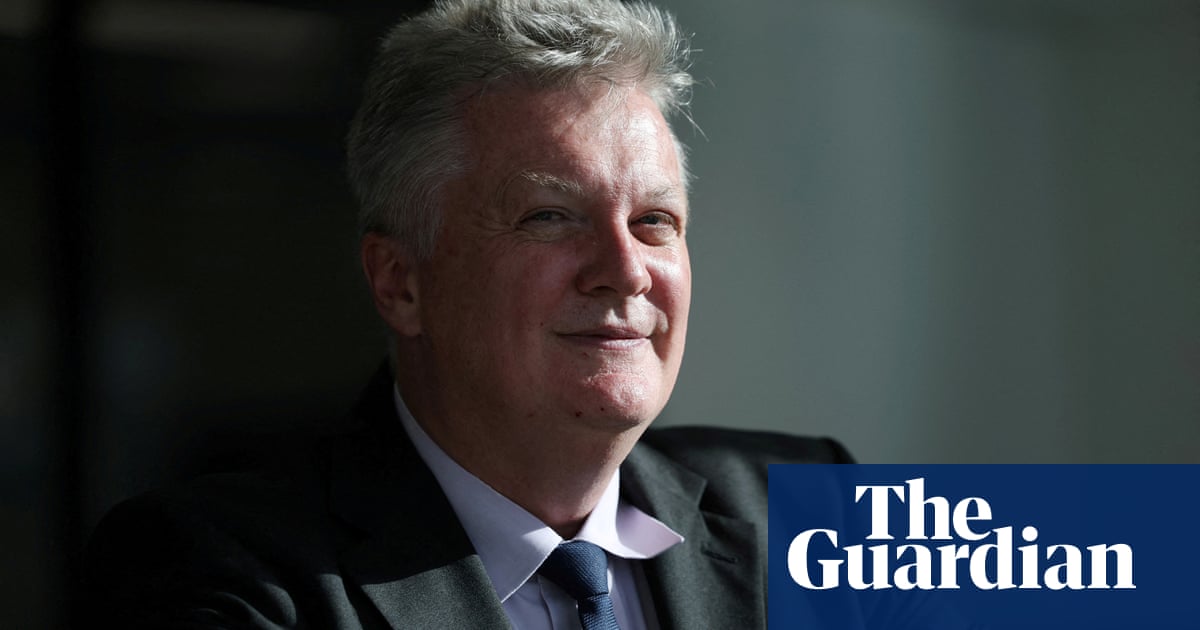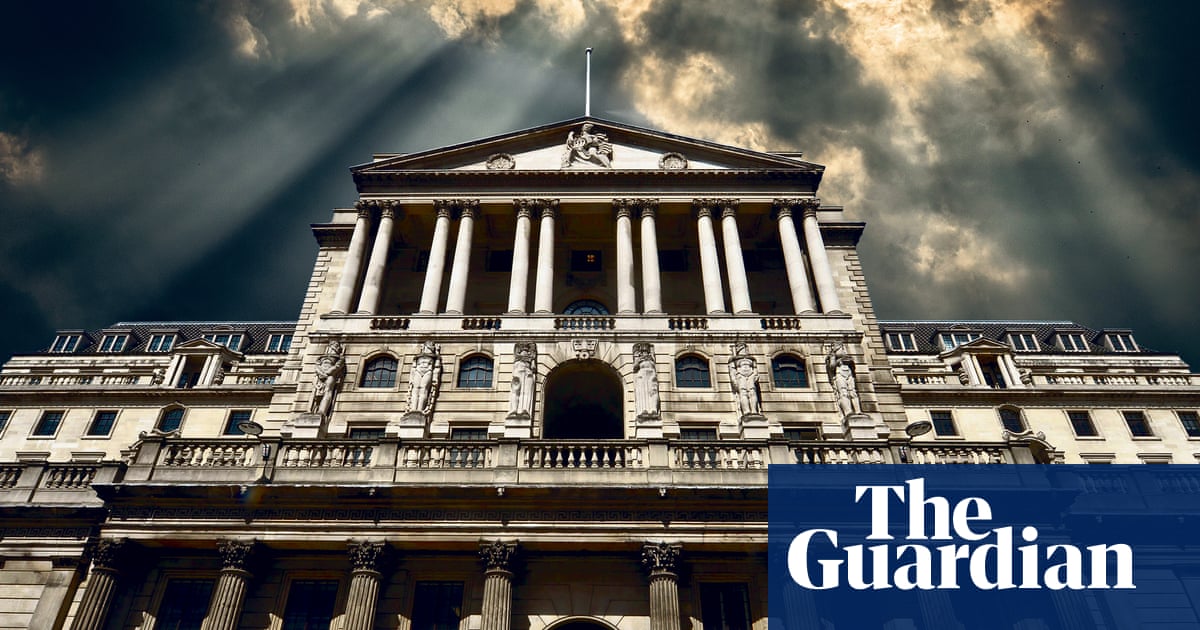
Several of the nation’s biggest lenders cut rates on their fixed mortgage deals last week, in a sign of mounting expectations that the Bank of England may be nearing the end of an aggressive cycle of interest rate rises.
Next week, the Bank is expected to push up interest rates for a 14th consecutive time from 5% to 5.25%, with financial markets betting that they will peak at 5.75% by the end of the year. Many analysts expect this will mark the end of a cycle of interest rate rises that began in December 2021, giving the major lenders some confidence that previous fears of a 6.5% peak were overdone.
Nationwide, Barclays, HSBC and TSB have all announced in recent days that they would be cutting rates on fixed-rate mortgage deals, as competition for borrowers helped to drive down the cost of some deals. The average rate on a two-year fixed mortgage deal edged lower on Friday to 6.81% compared with 6.86% on Wednesday, according to Moneyfacts data.
The turning point in expectations for interest rates came earlier this month, when the latest official figures showed inflation fell more than anticipated in June to 7.9% from an unexpectedly sticky rate of 8.7% in May. Core inflation, which strips out food and energy, and is closely watched by the Bank of England, also fell back to 6.9% from a 30-year high of 7.1% in May.
City economists said the likelihood of declining wage growth (which was 7.3% in the three months to May compared with a year earlier) and further sharp falls in inflation later in the year meant a rise in interest rates in September to 5.5% or possibly 5.75% would prove the high-water mark.
Mortgage providers have bet that rates will peak at a lower point than previously expected, and HMRC figures show that homebuyers have returned to the housing market, ending speculation of a collapse in prices.
Lower mortgage costs correlate with an outlook for the economy that comes close to stagnation. Gross domestic product fell in May by 0.1% after growth in April of 0.2%. Consumer spending has started to slip and retailers are feeling the pain.
The Bank of England, when it considers further rate rises in the autumn, is likely to be only concerned about the tightness of the labour market and persistent wage growth, but there is a growing consensus that business sectors willing to increase wages are about to run out of steam.
Paul Dales, chief UK economist at the consultancy Capital Economics, says: “While there is probably enough inflationary pressure to prompt another hike at the following meeting in September, to 5.5%, we think that a mild recession and an easing in both wage growth and core inflation will prevent further hikes.”
George Buckley, chief UK economist at Nomura, says a change in the make-up of the nine-strong monetary policy committee will mean the peak could be 5.75%. One of the committee’s main critics of steep interest rate rises, the LSE professor Silvana Tenreyro, has left and been replaced by the financial expert Megan Greene, probably pushing it in a more hawkish direction, tending towards higher rates.
Dales says a likely recession will make cutting rates irresistible at the back end of next year. “When rates are eventually cut in late 2024 and in 2025, we think they will fall further than investors expect.”
Financial markets expect the Bank of England will keep rates above 5% into 2025.
Andrew Goodwin, chief UK economist at the consultancy Oxford Economics, says the economy is likely to experience “maximum pain” over the next six months and the first half of 2024. “There is a hump of people on two-year fixed-rate mortgages that they took out in 2021 and 2022. They will see a huge jump in monthly payments, forcing them to cut back on discretionary spending.
“The labour market will suffer, leading to a fall in wages growth and maybe higher unemployment. For the Bank of England, there will be quite a few signs the medicine is working,” he said.











